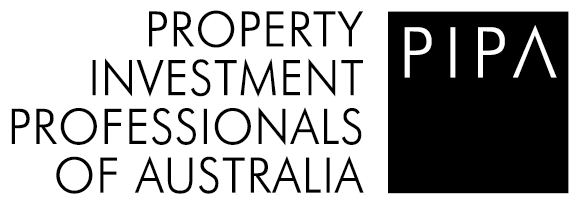The buy-and-hold strategy explained

The buy-and-hold property investment strategy is the most commonly used among Australian investors due to its simplicity, passive nature and reduced risk compared to other strategies.
Adam Grocke at Smart Property Investment explains the investment strategy.
A buy-and-hold property investment strategy requires less investment knowledge, less risk and less deposit, making it a great entry level investment. The key to this strategy is to simply purchase a property and retain it until you have seen enough growth in the price to suit your needs/objectives or you continue to hold the property to generate a positive income to assist with retirement. Generally speaking, you should hold the property for at least 10 years to give yourself the best chance to see price growth.
This strategy is lower risk compared to the other four property investment strategies because you hold the property for a longer period. This means you increase the likelihood of achieving capital growth and are less reliant on picking the bottom or top of the property market.
As with any investment (shares, bonds, currency, etc) property goes through cycles that are hard to predict. The typical cycle consists of the following:
- Bottom of market/start of recovery
- Rising market
- Boom market
- Slowing market
- Stagnant market or falling market
There are so many variable factors that affect the property market and in particular how long it will stay in each part of the cycle. Therefore, the longer you’re in the market, the more cycles you will go through and the greater the chance you’ll see a rising and boom market. Obviously the perfect outcome is to purchase at the bottom of the market and sell just before the end of the boom, but this is almost impossible to pick.
The keys to this strategy are:
- If you want capital growth, focus on location, location, location! Property close to the CBD, transport, beaches, schools and major shopping centres generally outperform other areas.
- Research the property and the area. Know what other houses have sold for, what the future plans are for the area, what houses in the surrounding suburbs are worth. You can make good money from buying in a suburb that is next to or in between higher priced suburbs.
- Purchase for the right price. Time and time again this is where I see people make the most money.
- Have a clear time frame that isn’t too short.
- Have a plan and stick to it. Will you sell the house in 10 years to make money or pay off the loan to have an asset that generates you income? Both strategies are OK, but vastly different.
- Have a savings ‘buffer’ or ‘plan of attack’ so that you don’t need to sell the property if something unforeseen happens. You can lose a lot of money if you need to sell the property unexpectedly. I recommend at least six months worth of loan repayments saved as a buffer to cover you if you lose your job or have maintenance bills.
- Ensure you have the correct ownership structure to tackle capital gains tax issues in the future.
Also remember that the value is always in the land: as land appreciates in value, the house will depreciate in value as it gets older. Therefore, focus on desirable locations that have or will have limited new developments of land in the future. This ensures the economics of supply and demand give you the best chance of capital growth.
If you’re an astute property investor or you want to generate better yields from a buy and hold strategy, you could even consider a commercial property. It does carry more risks and it’s important to know the key differences between investing in commercial or residential properties.
Always make sure you get credible and independent advice from a property advisor.
Want to find out if this strategy will work for you? Contact us.







